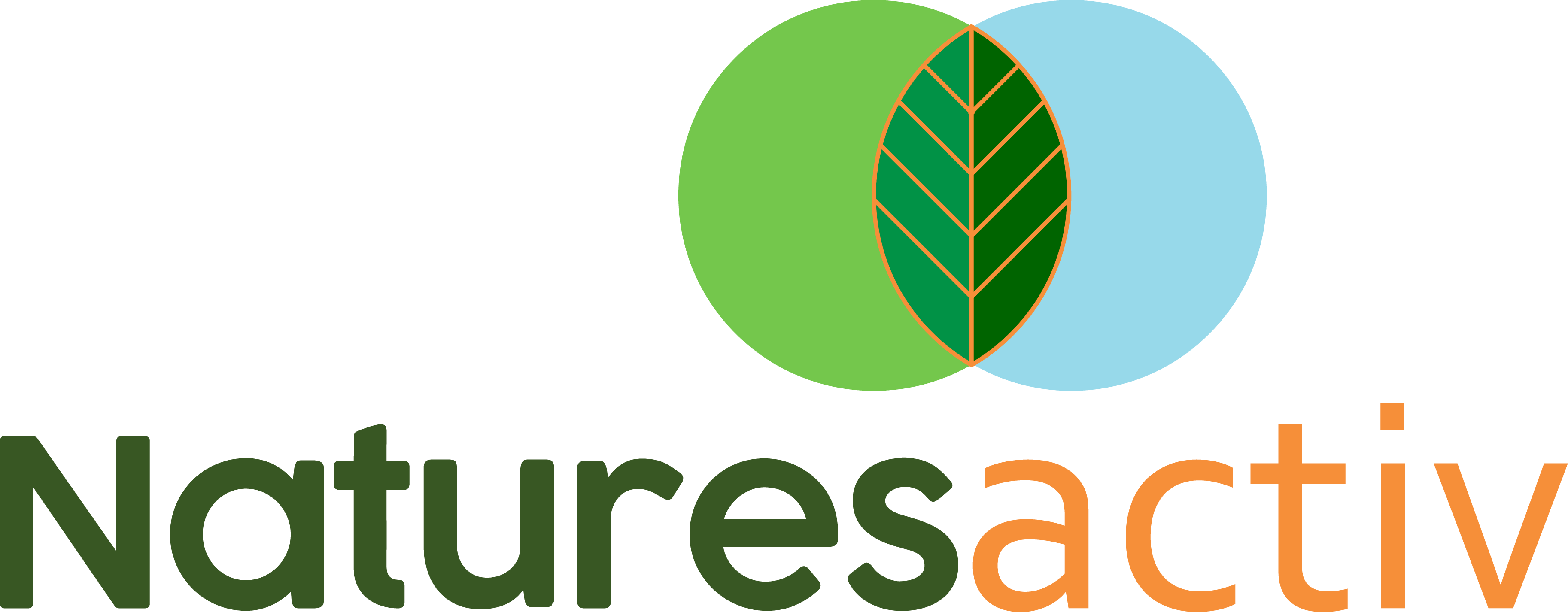1. Abstract
Shilajit a naturally occurring mineral exudate from mountainous rocks, has long been revered in traditional systems of medicine, particularly Ayurveda, for its purported health benefits. Despite its ancient roots and therapeutic potential, modern discourse around Shilajit is often clouded by myths and misconceptions. This article aims to demystify Shilajit by analyzing its composition, biological mechanisms, clinical efficacy, safety profile, and recommended usage, ultimately grounding its value in evidence-based science.
2. Introduction
Shilajit is a complex phytomineral substance, traditionally sourced from high-altitude regions such as the Himalayas, Altai, and Caucasus mountains. Referred to as “destroyer of weakness” in Sanskrit, it has been used in various wellness systems to support energy, immunity, and longevity. Yet, as demand has grown globally, so have widespread myths surrounding its properties and use. This paper critically explores the scientific reality behind Shilajit, comparing ancient wisdom with current pharmacological understanding to determine whether it is truly a panacea or simply misunderstood.
3. Composition and Mechanism of Action
Key Bioactive Compounds:
- Fulvic Acid: Acts as a potent antioxidant, enhancing nutrient absorption and cellular detoxification [1].
- Dibenzo-α-pyrones (DBPs): Mitochondria-targeted compounds that protect against oxidative stress and support energy metabolism [2].
- Humic Substances: Promote gastrointestinal and systemic health by modulating gut microbiota and pH balance [3].
- Trace Minerals: Includes selenium, iron, and zinc, vital for enzymatic and hormonal functions.
Mechanism of Action:
- Mitochondrial Function Enhancement: DBPs and fulvic acid support ATP production and improve mitochondrial efficiency [2].
- Antioxidant Defense: Neutralizes free radicals and reduces oxidative stress via high ORAC value [4].
- Adaptogenic Properties: Regulates stress response through modulation of the HPA axis [5].
- Anti-inflammatory and Cognitive Effects: Attenuates neuroinflammation, possibly improving memory and mood [1].
Clinical Benefits
1. Anti-Aging & Vitality:
- Slows cellular aging by reducing oxidative stress [4].
- Improves energy levels and physical endurance [5].
2. Cognitive Enhancement:
- Supports memory, learning, and mental clarity [1].
- Potential use in neurodegenerative conditions such as Alzheimer’s disease [6].
3. Reproductive Health:
- Increases testosterone levels and improves sperm parameters in males [7].
4. Immune Support:
- Boosts immunity through its adaptogenic and mineral-rich composition [8].
4. Dosage & Administration
- Recommended Dosage:
250 mg to 500 mg per day of purified Shilajit resin or extract, depending on product standardization and individual needs. - Form:
Typically consumed as resin, powder, or capsules standardized to fulvic acid content. - Timing:
Best taken with warm water or milk in the morning or evening.
5. Safety & Considerations
Safety Profile:
- Generally Recognized As Safe (GRAS) when sourced and purified appropriately [9].
- Possible Side Effects: Mild digestive upset, allergic reactions in rare cases.
Precautions:
- Not recommended for:
- Pregnant or breastfeeding women
- Children under 18
- Individuals with chronic kidney or heart conditions without medical supervision
- Pregnant or breastfeeding women
- Always source from reputable brands to avoid heavy metal contamination or adulteration [10].
6. Discussion
The mystique of Shilajit has spurred both reverence and skepticism. Its adaptogenic, antioxidant, and mitochondrial-supportive effects have been confirmed in preclinical and some clinical studies, yet it is neither a quick fix nor a cure-all. The bioefficacy of Shilajit depends on its composition, dosage, and user physiology. While traditional use continues to inspire scientific inquiry, modern users must navigate beyond myths and lean into evidence-based application. Further randomized clinical trials are essential to substantiate its long-term effects and establish dosage consistency across populations.
7. Conclusion
Shilajit is not a mystical remedy, but a potent natural compound deserving recognition for its scientifically grounded health benefits. Dispelling prevalent myths allows for more informed, responsible use. With careful sourcing and appropriate administration, Shilajit can be an effective ally in promoting vitality, cognition, and holistic health. However, it should complement, not replace, professional healthcare strategies.
References
- Carrasco-Gallardo, C., et al. (2012). Shilajit: a natural phytocomplex with potential procognitive activity. International Journal of Alzheimer’s Disease, 2012, 674142.
- Bhattacharyya, S., et al. (2013). Shilajit dibenzo-α-pyrones: Mitochondria targeted antioxidants. Pharmacologyonline, 1, 1–15.
- Schepetkin, I.A., & Khlebnikov, A.I. (2011). Humin substances: Potential biological activities and therapeutic applications. International Immunopharmacology, 11(6), 783–793.
- Ghosal, S., et al. (1995). The need for the formulation of Shilajit by its isolated active constituents. Phytotherapy Research, 9(2), 145–148.
- Surapaneni, D. K., et al. (2012). Shilajit attenuates behavioral symptoms of chronic fatigue syndrome by modulating the hypothalamic–pituitary–adrenal axis and mitochondrial bioenergetics in rats. Journal of Ethnopharmacology, 143(1), 91–99.
- Stohs, S.J., & Ray, S.D. (2020). Shilajit: A Natural Phytocomplex with Potential Benefits in Cognitive Function and Alzheimer’s Disease. Journal of Dietary Supplements, 17(6), 685–701.
- Pandit, S., et al. (2015). Clinical evaluation of purified Shilajit on testosterone levels in healthy volunteers. Andrologia, 47(7), 693–699.
- Tiwari, P., et al. (2021). Immunomodulatory effects of Shilajit: Evidence from in vivo and in vitro models. Frontiers in Pharmacology, 12, 633665.
- European Medicines Agency. (2018). Assessment report on Shilajit. EMA/HMPC/459888/2017.
- Chattopadhyay, S., et al. (2009). Heavy metal contamination in ayurvedic herbal products. Journal of the American Medical Association, 302(23), 2653–2654.
FDA Disclaimer
These statements have not been evaluated by the Food and Drug Administration. This product is not intended to diagnose, treat, cure, or prevent any disease.


